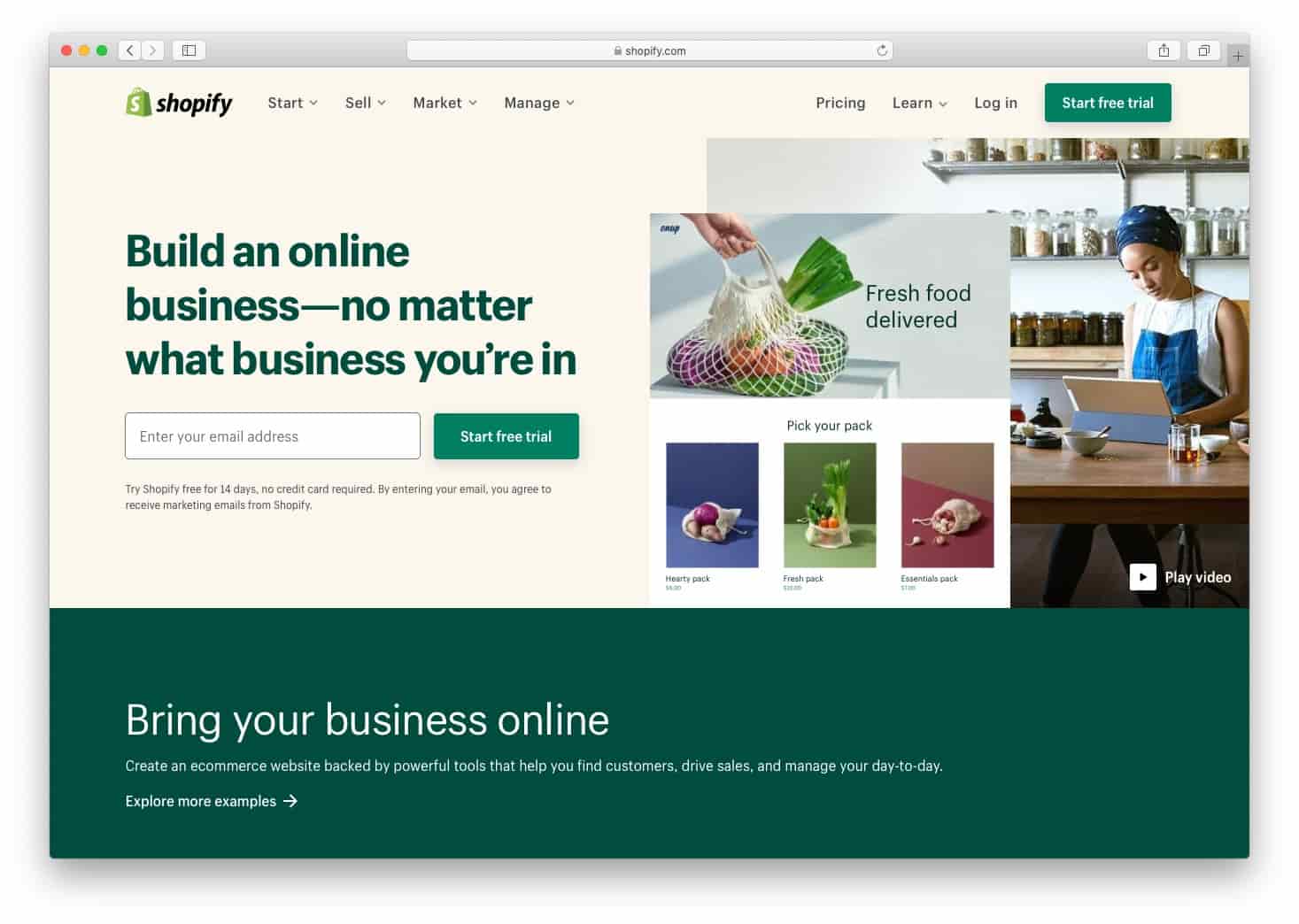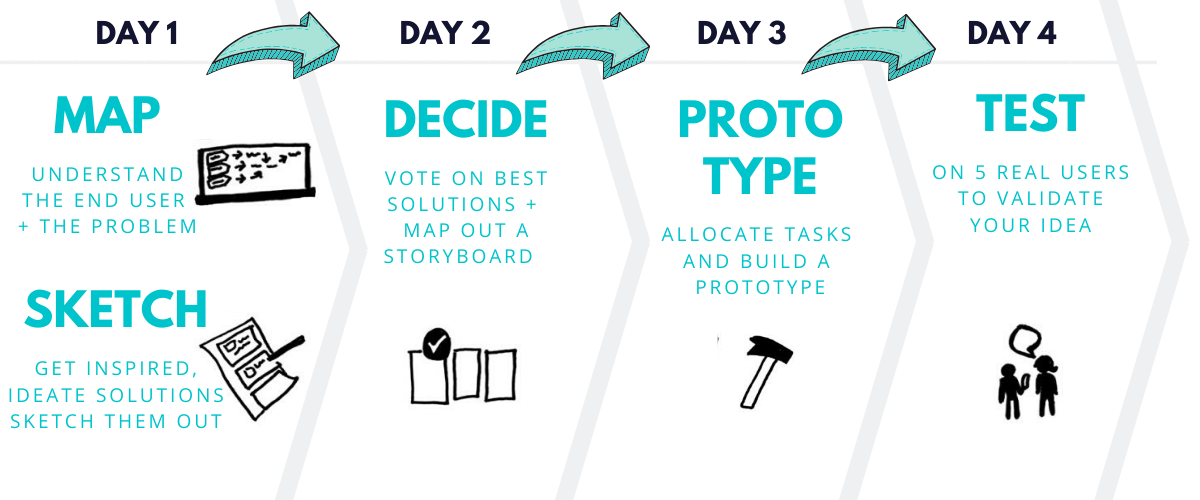
Optimizing your app user flow is one way to make users' experience better. A user flow is an illustration of the steps a user takes in order to reach a goal. These paths may include specific functions, such as buying a product or logging into a service. A user flow that is both helpful and keeps users engaged is the best.
To get started, it is important to understand the user flow and how it works. Do your research on your target audience. The key entry points of your target market should be identified. Next, map your user flow. You can do this by drawing a sketch or creating a flow diagram. A tool such as Illustrator or Photoshop is a great way to create diagrams. Make your flow more visually appealing by using color coded symbols.

It can be hard to create a flow. It can be challenging to create a simple user experience if there is no clear goal. There are many resources that will assist you in redesigning your user's journey. With the right tools, you can find out what your customers need and make sure your app is delivering it in a way that is both effective and pleasing to the eye.
The app user flow will be a great guide to help you identify if you are missing some crucial steps. One of the best things you can do to reduce the amount of time it takes your users to complete a task is to break up the process into smaller, more manageable parts. Instead of requiring users to log into the site with passwords, you might allow them to register straight away.
You also have the option to automate your user flow. You can use automation-based apps such as Overflow and Flowmapp to test and improve your user's experience. You can use them to help you determine how well your app's users make good decisions.
While the best user flow is likely to change over the course of your project, there are some key elements to consider. Your client will appreciate the added screens in their path. Your app can also be more appealing to users by adding features to its user flow.

Finally, you can try different versions of your user's flow and determine which one is best. This can take anywhere between a few minutes and several hours depending upon your needs. You can still create a user interface that will help customers achieve their goals and make your job as an artist or developer much easier.
FAQ
What is the cost of building a website?
It depends on what your website is used for. For instance, if you just want to post information about yourself or your business, you might be able to get away with free services such as Google Sites.
However, if visitors are serious about coming to your site, they will be willing to pay more.
The most common solution is to use Content Management Systems (like WordPress). These programs let you create a website with no programming skills. And because third-party companies host these sites, you won't need to worry about getting hacked.
Squarespace is another way to create a website. You can choose from a range of plans, ranging in price from $5 to $100 per monthly depending on what you need.
How to design your website?
It is important to first understand your customers and what your website should do for them. What do they look for on your site?
What problems might they have if they don't find what they're looking for on your site?
Once you know this, you must figure out how to solve those problems. You also need to make sure that everything on your site looks right. It should be easy to use and navigate.
You should have a well-designed website. It shouldn't take too much time for it to load. People won't stay as long if it takes too long to load. They'll leave and go elsewhere.
If you want to create an eCommerce site, think about where all of your products are located. Do they all reside in one spot? Are they scattered about your site?
You must decide whether to sell one product only or many products simultaneously. Do you want to sell just one type of product or multiple kinds?
These questions will help you decide if you want to build your website.
Now it is time for you to concentrate on the technical aspect of things. How will your site work? It will it work fast enough? Can they access it quickly via their computers?
Will people be able to buy something without having to pay extra? Do they need to register in order to buy anything?
These are essential questions that you need to ask yourself. These are the questions that you need to answer in order to be able move forward.
Can I Use A Template Or Framework On My Website?
Yes! Many people use pre-built templates or frameworks when creating a website. These templates contain all the code that is required to display information.
These templates are the most in-demand:
WordPress - One of the most used CMSes
Joomla - Joomla! - another open source CMS
Drupal – An enterprise-level solution used by large organizations
Expression Engine - A proprietary CMS from Yahoo
There are hundreds of templates available for every platform. It should not be difficult to find the right one.
What is a static site?
A static website is a site where all content are stored on a server, and visitors can access it via web browsers.
The term "static" is used to refer to the absence of dynamic features like changing images, video, animations, etc.
This site was originally designed for intranets. However, it has been adopted by small businesses and individuals who need simple websites with no custom programming.
Static sites have become increasingly popular because they require less maintenance. It's easier to update and maintain static sites than a website that has many components (such blogs).
They also load more quickly than dynamic counterparts. This makes them great for those who have slow Internet connections or users with mobile devices.
In addition, static sites are more secure than their dynamic equivalents. There's nothing to hack into a static website. Hackers only have access to the data that resides inside a database.
There are two main options for creating a static website.
-
A Content Management System (CMS),
-
How to create a static HTML website
The best one for you will depend on your specific needs. I recommend a CMS if you're just starting to create websites.
Why? Because you have complete control over your website. You don't need to hire someone else to help you set it up. Upload files directly to the CMS.
You can still learn code and create static sites. However, you will need to put in some time to learn how to program.
Is web development difficult?
Web Development can be challenging, but there are many resources online to help you learn.
All you have to do is find the right tools and then follow them step-by-step.
There are many tutorials available on YouTube and other platforms. You can also use free online software such as Notepad++, Sublime Text, etc.
Books are also available in libraries and bookstores. These are some of the most well-known:
O'Reilly Media's "HeadFirst HTML & CSS"
O'Reilly Media presents "Head First PHP and MySQL 5th Edition"
Packt Publishing: "PHP Programming to Absolute Beginners"
I hope this article helps you!
What technical skills do I need to design and construct my site?
No. It doesn't matter what HTML or CSS you know. There are many tutorials available online that can teach both HTML or CSS.
Statistics
- Is your web design optimized for mobile? Over 50% of internet users browse websites using a mobile device. (wix.com)
- When choosing your website color scheme, a general rule is to limit yourself to three shades: one primary color (60% of the mix), one secondary color (30%), and one accent color (10%). (wix.com)
- It's estimated that chatbots could reduce this by 30%. Gone are the days when chatbots were mere gimmicks – now, they're becoming ever more essential to customer-facing services. (websitebuilderexpert.com)
- It's estimated that in 2022, over 2.14 billion people will purchase goods and services online. (wix.com)
- Studies show that 77% of satisfied customers will recommend your business or service to a friend after having a positive experience. (wix.com)
External Links
How To
What is website hosting?
Website hosting is the location where people go when they visit websites. There are two types of website hosting:
-
Shared hosting - This is the cheapest option. Your website files reside on a server controlled by someone else. When customers visit your site, their requests travel over the Internet to that server. The owner of the server then hands off the request to you.
-
Dedicated hosting: This is the most costly option. Your website will reside on a single server. Your traffic is private because no other websites have shared space on this server.
Because shared hosting is more affordable than dedicated hosting, most businesses opt for it. When you use shared hosting, the company that hosts the server gives you the resources to run your site.
Both options have their pros and cons. Here are some key differences between them.
Sharing Hosting Pros
-
Lower Cost
-
Easy to Setup
-
Frequent Updates
-
It can Be Found On Many Web Hosting Companies
Hosting shared can be as low as $10 per month. However, this price typically includes bandwidth. Bandwidth refers the data that you can transfer over the Internet. You may have to pay extra for large amounts of data, even if your blog only contains photos.
Once you begin, you will soon see why you spent so much on your previous host. Most shared hosts have very poor customer support. You'll be on your way after they walk you through setting it up.
You'll want to look into a provider that offers 24-hour phone support. They will take care of any issues while you sleep.
Cons of dedicated hosting
-
More Expensive
-
Fewer Common
-
Requires specific skills
With dedicated hosting, everything you need for your website is at your fingertips. You won't have worry about whether your website is using enough bandwidth, or whether it has enough RAM (random-access memory).
This means you will need to spend more upfront. Once you get started with your online business, you will find that you don't require much technical support. You will become an expert in managing your servers.
Which Is Better for My Business?
The answer to this question depends on which type of website you wish to create. If you are selling products, shared hosting may be the best option. It's easy to set up and maintain. It's easy to set up and maintain, as you share a server with other sites. You will likely be updated frequently.
If you are looking to create a community around your brand, dedicated hosting is the best option. You can put your efforts into building your brand, and not worry about how to handle your traffic.
Bluehost.com has both. Bluehost.com offers unlimited monthly data transfers, 24/7 customer support, domain registrations free of charge, and a 30-day guarantee for your money back.